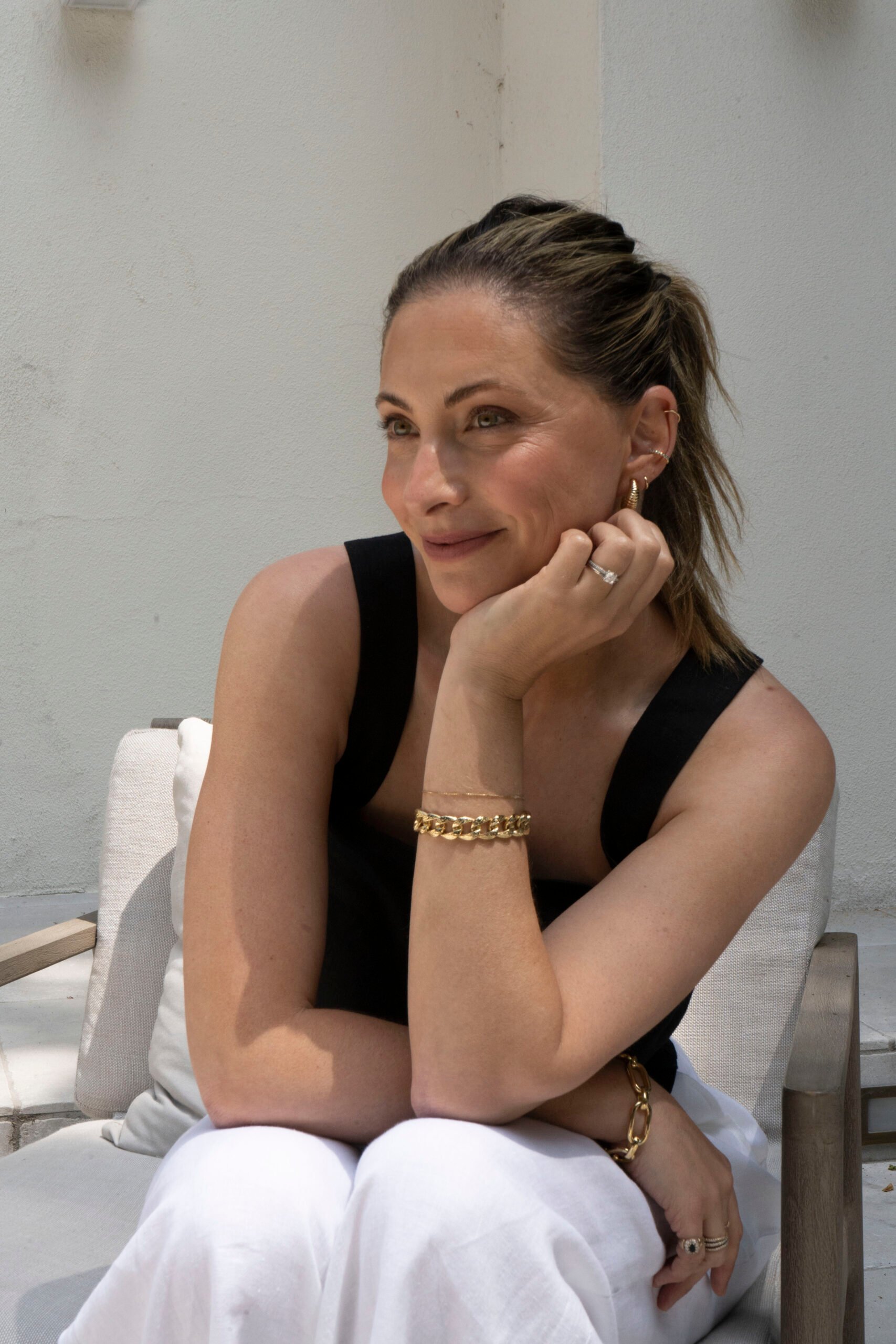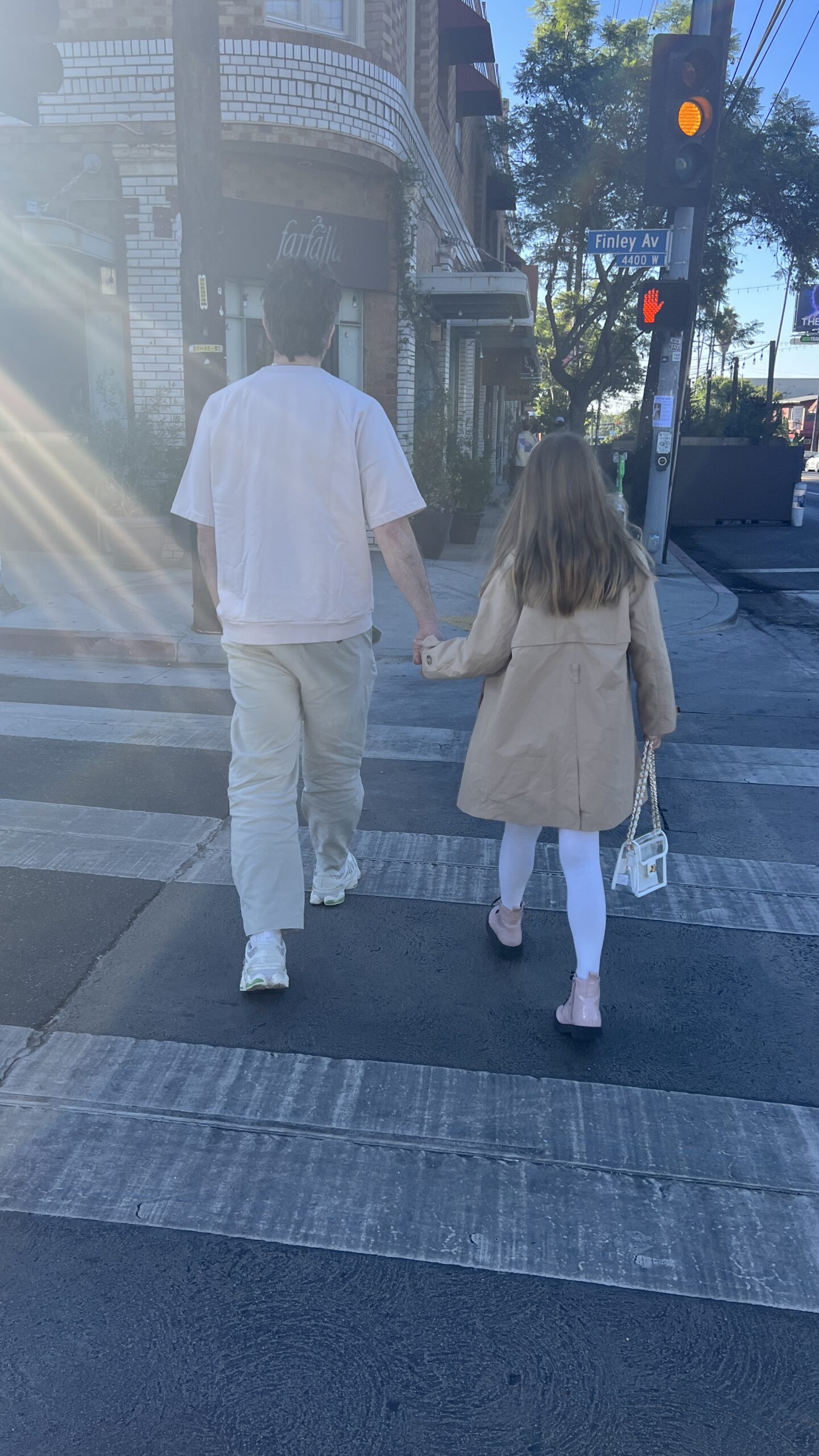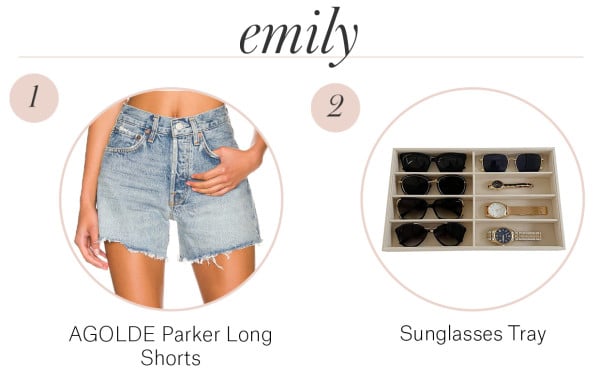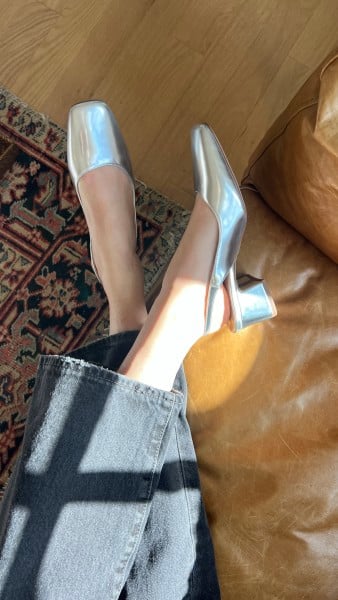
When I was in eighth grade, my class had to fill out a survey about diversity. It asked questions about whether I “was often the only one of my ethnicity represented in the classroom” and if I “interacted with peers of a different background.” I breezed through it, answering “strongly disagree” to all and passed it back without a second thought. After class, my friend Sarah remarked how it must have been easy for me to fill it out since I could basically just answer “strongly agree” to all the questions. I looked at her, confused, and then laughed with a pit in my stomach. I’d unintentionally skewed the results of the entire classroom—I’d forgotten that I was Asian and all my classmates were white.
Looking at me, you’d see an Asian woman in her 30s. I might talk about my sister who lives in Nashville or my brother who lives in Boston; you may wonder if my parents are immigrants and how good their English is. However, if you lived in my hometown—a small, picturesque town on the shores of Lake Michigan—you’d probably wonder how old I was when I was adopted.
My twin sister, Christina, and I were adopted when we were five-and-a-half months old, flown from Seoul, South Korea to Detroit, Michigan during a blizzard in mid-December. My parents were 30 years old, and had been trying for years to get pregnant. Unable to conceive naturally, they were inspired by friends who adopted a little girl from South Korea the year before, and began exploring the possibility of adoption.
Adoptions from China and South Korea were extremely popular in the 1980s. According to NPR, approximately 65,000 children were sent from South Korea to the United States between 1980 and 1989. I even attended school with several adopted peers. My elementary, middle and high schools were not racially diverse by any means. My mid-sized private school had around 280 students in my graduating class. Of those, 11 students were non-white and of those 11, nine were adopted from South Korea.

Growing up, I always knew I was adopted. My parents frequently read us a book about two Asian twins who were adopted and I always liked the fact that the sisters in the book looked like my sister and me. I was proud of my parents—both blue-eyed and of Dutch descent. My mom’s hair was (still is!) very blonde and my dad has light brown hair. My grandparents never made me feel different from my biological cousins; if anything, I felt even more treasured by them. My paternal grandmother had always wanted dark-haired twin girls. She had eight kids, but never twins, and her two daughters both have light hair. So, I suppose I always felt like an answered prayer.
Every year, on December 14, we’d celebrate our “arrival day.” Growing up, it was treated as a birthday—dinner out, presents, and my dad tearfully quoting a proverb about “good news from a far country.” (These days, I try to remind my husband to get me a present to commemorate, often just a ploy to get a Christmas present early!)

Honestly, I don’t remember ever giving a thought to my ethnicity or adoption when I was really young. My parents, sister, brother, and I would frequent a Chinese restaurant called Peking House, one of the only ethnic restaurants in our town at the time. The owners, Young and Ben, were both from South Korea themselves and were especially fond of us, always giving us sugar cookies or Botan Rice Candy—chewy candy wrapped in rice paper that melts in your mouth. (I always thought the candy was Korean but upon Googling, just discovered it’s Japanese…!)
There were certainly moments of confusion though: I remember a family tree assignment in grade school. A classmate told me that I could only put my name down (read: no tree), since I didn’t know my actual family. I went home and asked my parents if that was true and they poured love over me, assuring me that they were my family; it’s not determined by blood.
It wasn’t until middle school that I began to really notice and dislike my “differences” from those around me. It started with sleepovers and makeup. Unlike my friends who were Caucasian and easily applied eyeshadow over their eyelids, I have monolids—eyelids without a crease. While doing makeovers, no one knew how to do a smokey eye on me and I’d end up looking like a raccoon coming home after a long night out. They didn’t know how to do my hair because it was “so slippery.” I compensated by developing a love of makeup; I’d usually end up doing everyone else’s to avoid the awkwardness.

My middle name is Korean: Mee Sun. It’s the name I was given at the foster home where my sister and I were raised until our parents adopted us. One day, in seventh grade, all the girls were sharing their middle names—Joy, Anne, Lynn, Marie—and I was overcome with anxiety and shame. One of my friends pressed me to share mine until I whispered “Mee Sun” and, keeping my eyes down, heard the soft snickers I expected. “It’s really pretty,” one of the girls finally said, apologetically.
Years later, when I graduated high school, I asked for my name to be read as “Nicole M. Prince” when I walked across the podium. My parents were surprised and I felt too bad telling them it was because I was embarrassed by it. Instead, I let them believe it was just difficult to pronounce. To this day, I still feel a kick of anxiety when someone asks for my middle name, bracing myself for judgement. Many of my friends have told me, sincerely, that they love that it’s a part of me, but I still sometimes wish the “M” stood for Marie.
In my mid-to-late teens, I really began feeling ashamed for being Asian. My hometown is extremely Dutch (we even have a national tulip festival) and I can make a mean Dutch pastry. I grew up savoring dropjes, salted black licorice. The class lists are littered with Van and Vander-somethings and we all know a handful of Dutch, passed down from our parents and grandparents. In fact, I was a Dutch Dancer, an extra-curricular dance team that performs during our town’s national tulip festival, Tulip Time. I was once in National Geographic for it; the caption is in Dutch, but it says something to the extent of “all ethnicities perform in this local tradition.”

Whether it was a narrative that I made up in my head or something that was actually happening, I convinced myself that all the guys in my hometown wanted a sweet blonde-haired, blue-eyed girl to take home to their moms. And why would I think differently? I was frequently told I was pretty “for an Asian.” Girls would bemoan that “their eyes were so small, they looked Asian.” Offhand incidents stung, like when a friend mentioned that she thought an Asian guy on our basketball team was cute and my other friends laughed and asked, “Wait, him?” incredulously—as if they couldn’t even fathom a non-white male to be attractive.
When I was in college, I volunteered at a camp for developmentally disabled teens and adults. My parents came for the end-of-the-week talent show, and I introduced them to a fellow counselor I’d befriended. She told me later how surprised she was that they were white. That’s the first time I’d heard that; I was completely shocked she couldn’t tell that I was “basically white” as so many of my friends had inferred.
Every time someone said I was “the whitest Asian they knew” or that I was “basically white” or that they didn’t even “remember that I was Asian,” I felt pride. Underneath it rippled belonging, acceptance, and admission into a club that only existed in my head. While I know there are many pieces to dismantle within those statements…I honestly couldn’t blame them. The only language besides English that I can speak conversationally is Spanish. I have a huge aversion to seafood and have never been to Asia. I don’t take a particular interest in Asian culture…but I do want to find my birth family.

My sister has done a few genetic testing programs, including 23andMe, but the closest match we’ve found is a second cousin who couldn’t help, though it’s taken me a long time to even hold an interest in doing so. My parents have always been “my parents” and when they’ve suggested trips to South Korea, I’ve shrugged them off, more interested in fitting in with my peers than going off to explore a culture I wasn’t interested in learning about. However, as I’ve gotten older, I’ve wondered more about my birth family. I read somewhere that a birth mother never forgets her child’s birthday. Will she be thinking of me when my birthday rolls around in July? Is she alive?
My sister and my adoption papers say we have a biological sister who is four years older. Does she know about us? Does she look like us? I have endless questions, but at the heart of this desire to connect is a deep longing for the woman who birthed my sister and me to know that we’re okay. We’re grown, we’re married, we’re mamas, too, and finding our way in this world.

While writing this essay, I noticed that adoption and race are intrinsically woven together for me. Rather than running parallel to each other, they’re linked in a way I can’t separate—I still struggle today, loving and exploring the Asian side of me. I’m slowly unweaving decades of being asked “where I’m really from” or if my husband has “yellow fever.” I’m constantly told I remind someone of their other friend…who just happens to be Asian.
But writing about it is a good step forward and a poignant reminder to continue to press into the uncomfortable parts. I’m striving to embrace the beauty of being a Korean-American woman…who loves salted black licorice.





